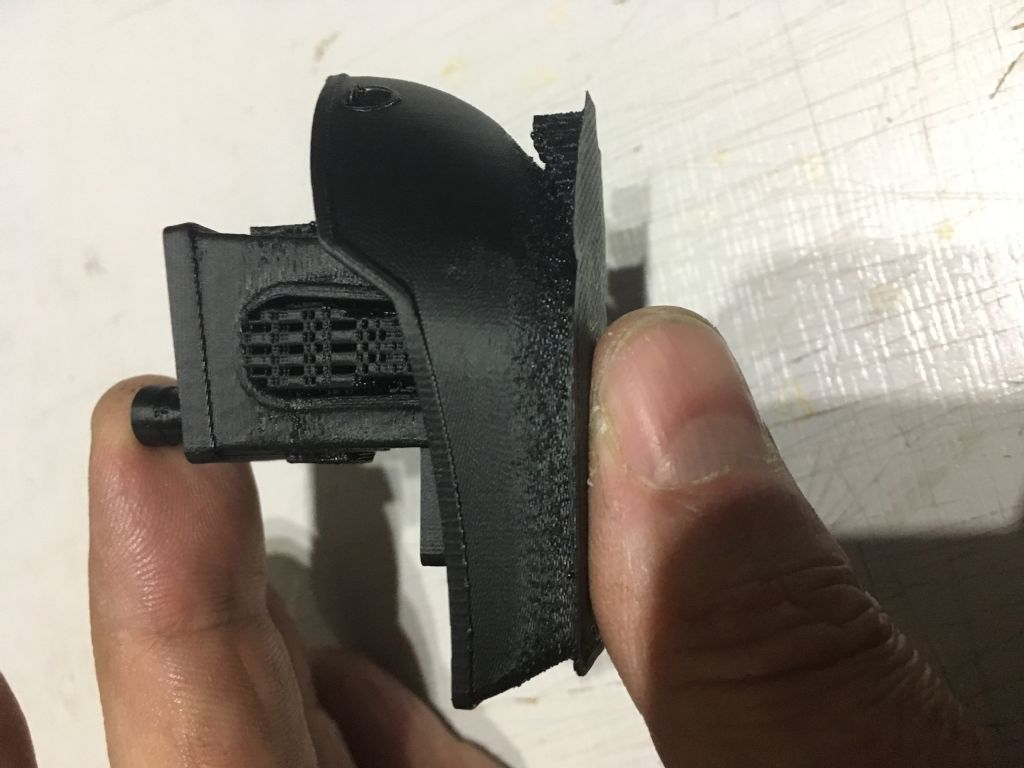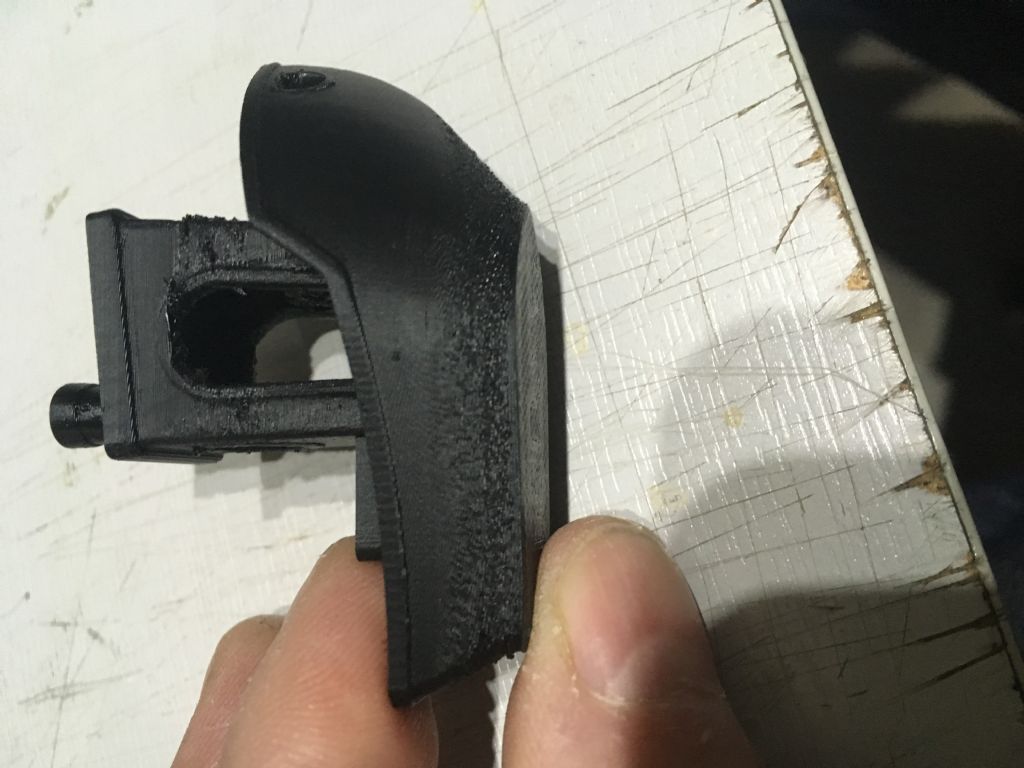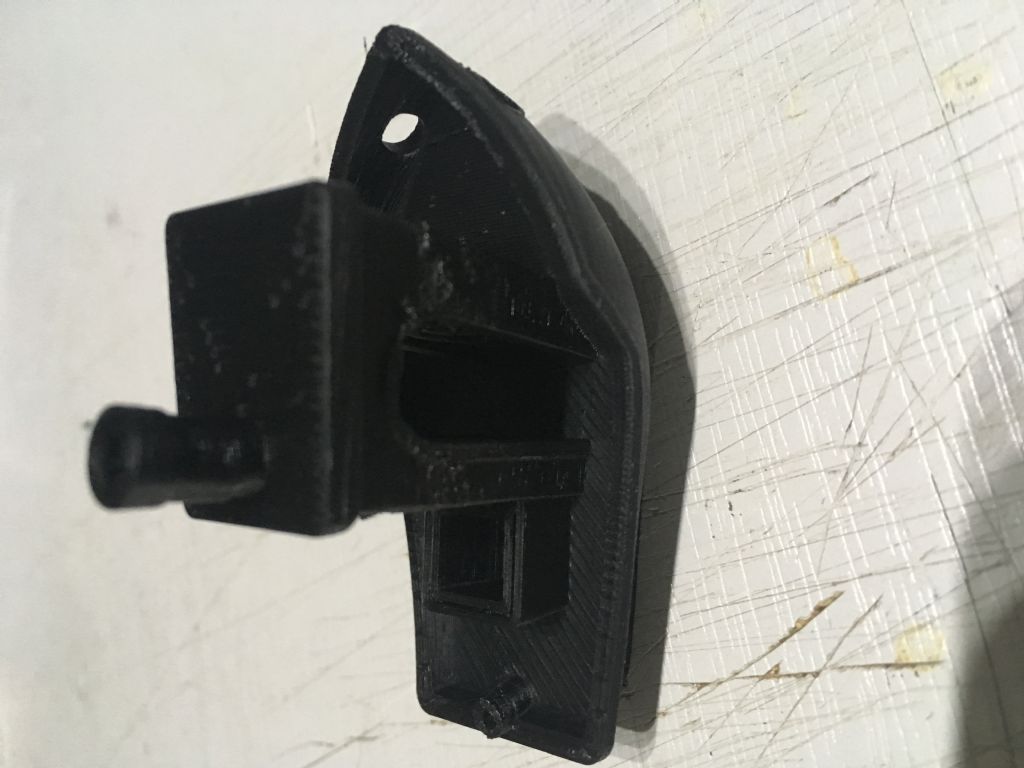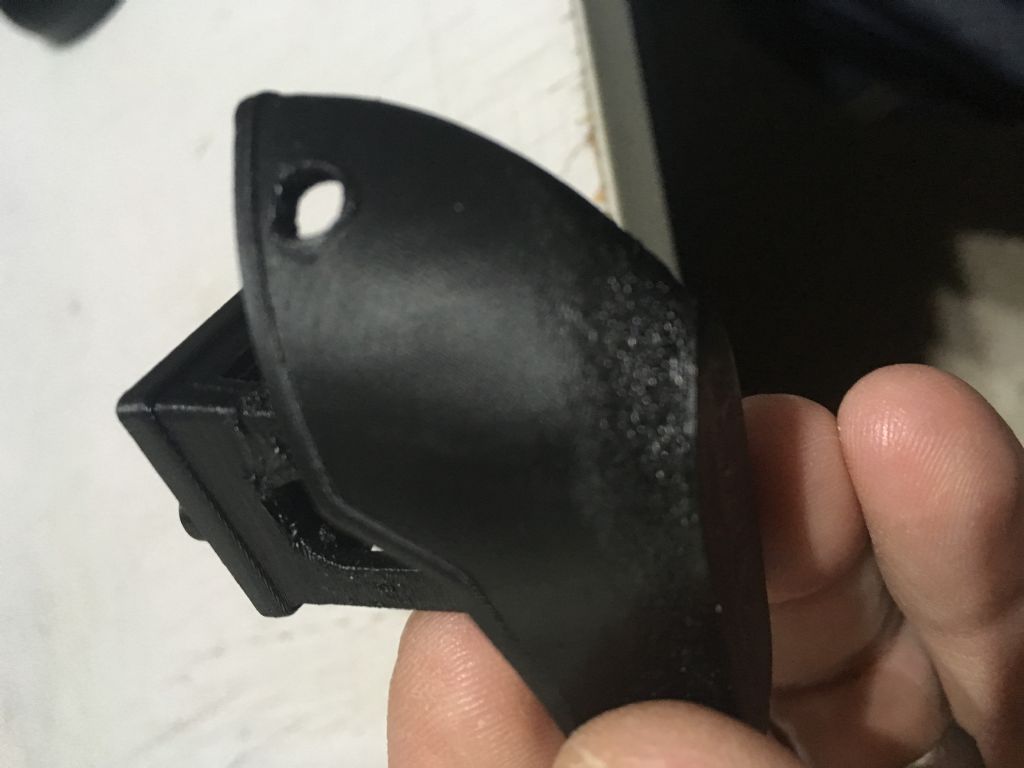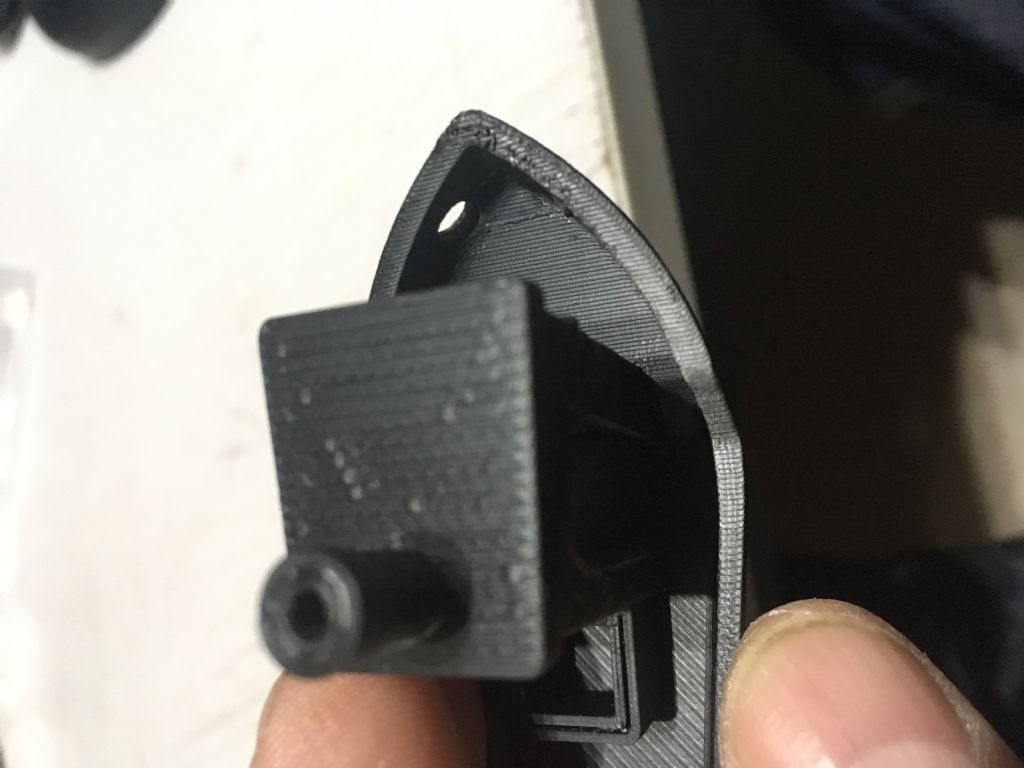Posted by charadam on 04/07/2017 12:02:17:
All I did was download x3g files from http://www.yeggi.com/q/x3g+file/3/ on to the SD card.
Obviously I am missing something.
Incidentally, I am trying to print from the SD card and have not connected the printer to a pc yet.
Told you I was a numpty!
Ah. There are three steps to making a 3D print.
First, the object is designed in some form of 3D design program, I use Turbocad but there are zillions of alternatives with a wide range of file formats.
Second, you (normally) save the object as an .STL or .OBJ file, these are straightforward formats that are good for defining a 3D object but are not particularly easy to edit. These are the sort of files you would normally download froma site like Thingiverse or Yeggi. They are like teh 3D equivalent of a PDF – a format that everyone agrees on so ideal for exchanging objects.
Third , you need to take the object and turn it into a gcode instructions for your printer. There are various 'flavours' of 3D printer gcode files, mine using 'Marlin' which is helpfully saved with the suffix .GCODE
Your printer uses the .X3G gcode, but there's a 'gotcha'. Each printer normally normally needs a short bit of custom gcode at the beginning and end of the file to set it up, it also needs the gcode to be tuned to suit the printer (e.g. these of the bed, the step size in each axis, whether it has a heated bed etc.), the object (the layer thickness, fill percentage and style, supports etc.) and the filament (extruder temperature, need for cooling fan, filament diameter etc.)
That means a gcode file (of any flavour) is unlikely to work unless it is for a printer the same as yours, that's why files supplied with your printer work, but others may not.
To print third part designs, you should have a slicing program supplied with your printer that will take OBJ and STL files. It should have a profile for your printer built in or easily loaded to allow it to produce suitable X3G files. These default settings should work, although you will certainly end up tweaking settings to get the best results.
You may also find that other slicing programs like Cura or Slic3r have suitable profiles for your printer or similar ones you can adapt to suit it. When you get experienced, you can fill in your printer settings from scratch – this takes a fair bit of effort!
So in summary, for a quick start, download STL or OBJ files of objects you want to print, then 'slice' them in the program supplied with your printer.
Neil
 Neil Wyatt.
Neil Wyatt.

